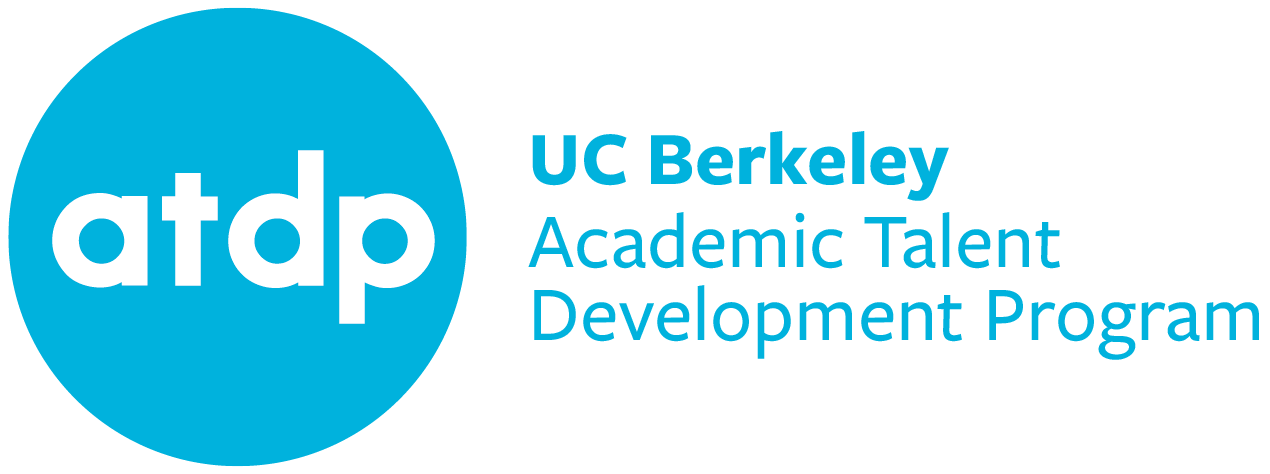by Paul Bruno
Cell biology is often one of the most challenging topics in human anatomy & physiology. While much of human anatomy involves the study of larger body systems that students find more familiar – like the digestive system – cell structure and function is another story altogether. Being too small to see with the naked eye, cells and their organelles are difficult for students to visualize. Additionally, the names of the various cell parts include some awfully strange vocabulary; words like “endoplasmic reticulum” can be difficult to pronounce, let alone to remember.
Nevertheless, one of the very first topics we cover in our ATDP summer course is cell biology. In fact, we introduce the structure and function of cells and their organelles on the second day of class. We know our students are intelligent and hard-working, but every year we still feel like we are pushing them by requiring them to learn and remember the names and functions of many diverse cell parts. Moreover, this summer, as every summer, we assigned an especially challenging project for homework: to come up with a metaphorical, three-dimensional model of a typical animal cell.
Apprehensive though we were, our students amazed us with their creativity, resourcefulness, and sophisticated understanding of the content. In less than forty eight hours the students had produced original cell models that represented real-life cells in meaningful and clever ways. We received creations that ranged from elaborate, unfolding origami structures to translucent water balloons packed with watery cytoplasm and realistically-shaped organelles. Each model was accompanied by a key explaining the relationship and analogy between each component of the model and its counterpart in an actual cell. By drawing these unusual-but-thoughtful analogies, our students shocked and amazed us in spite of our already high expectations. Stop by and see them yourself next summer!

Paul Bruno is an Elementary Division instructor and an alumnus of the Graduate School of Education’s MACSME program. He has taught ATDP’s Human Anatomy & Physiology class for the last four years and teaches 7th and 8th grade science classes at Edna Brewer Middle School in Oakland.
